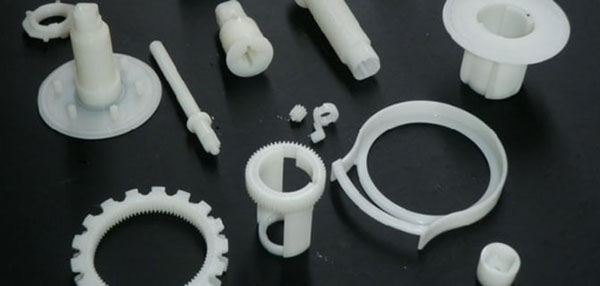When it comes to prototype designs, there are plenty of prototype tooling methods at the disposal of both clients and manufacturers. We all know the significance of prototype tooling in the production sector, for other manufacturers; prototype tooling is the most preferred option as they are subject to testing and experimentation.
However, for some, they are still unsure about the tooling procedures that will guarantee positive results and outcomes. Its easier say than done, choosing the right prototype tooling method is quite a difficult thing to do, there are plenty of tooling methods that you can incorporate into your production procedure which will provide you with your desired results.
For this reason, you need to have a deep and comprehensive understanding of various kinds of rapid prototyping tooling methods. For this article, we are going to familiarize ourselves with a different type of rapid tooling methods that will take our production onto the next level.
Hard tooling
One of the most viable and promising methods is hard tooling, if you are going to work with engineered components and parts with higher tolerance; then hard tooling should be at the top of your list. Aside from the high and tight tolerance, hard tooling also provides you with an opportunity for testing and experimentation.
As recommended by the experts, hard tooling is a convenient cooling technique that’s much more superior for functional uses. However, the only drawback that we’ve seen with these sorts of tooling is its longer lead times.
But the upfront charges and cost associated with these tooling techniques are its quite costly. With hard tooling, you’ll also need to pinpoint the capability of your products. It will also provide you with multiple chances for verification as well as procedure expansion of all your programs as you go along with the production.

Rapid prototype plastic parts*
Urethane mold technique
Before you choose these prototype tooling techniques, first you need to review this method. For those exploring low-volume manufacturing; urethane mold method is the one that you’ll use. Whether you are looking to make some samples for validation or marketing or not, this is a method that you should actively consider.
When compared to other prototype tooling methods, urethane mold technique is the most affordable but the only point of concern is it’s very limited. Because of these, you won’t find industrial works, so always go for a tooling method that will complement all of your production needs and requirements.
Soft tooling
Another possible alternative soft tooling, it’s very dependable and promising. When it comes to the injection molding sector, soft tooling is the most preferred option. Not only does it provide you with a short turn-around time but it’s also very affordable.
You’ll be glad to know that this tooling method is also compatible with a large number of parts and components as well as production materials. In all tooling methods, soft tooling will meet all of your requirements. The only disadvantage with this technique is its inability to design.
Reference
*Image from https://www.plasticmoulds.net/
